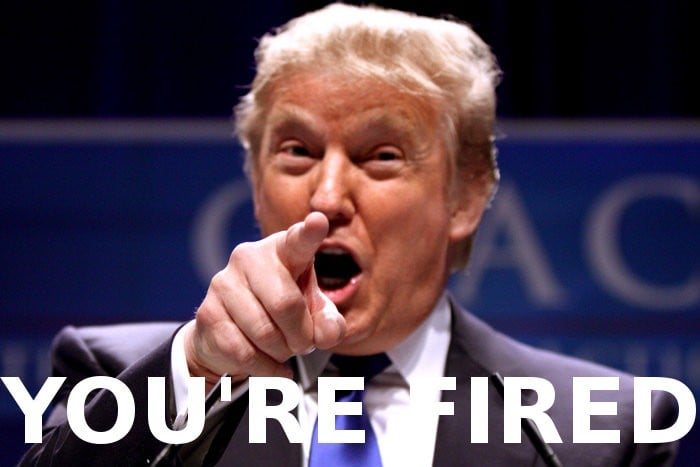
the staff of the Ridgewood blog
Washington DC, in a pivotal decision with wide-ranging implications for executive power, the U.S. Supreme Court on Thursday sided with the Trump administration, granting a request that allows the president to fire members of certain independent federal agencies. However, the ruling notably excludes the Federal Reserve, reinforcing its special status as a quasi-private institution.
The ruling stems from an earlier case involving the president’s removal of Gwynne Wilcox from the National Labor Relations Board (NLRB) and Cathy Harris from the Merit Systems Protection Board (MSPB)—both positions the Trump administration argued wielded significant executive authority.
“The stay reflects our judgment that the government is likely to show that both the NLRB and MSPB exercise considerable executive power,” the Supreme Court said in an unsigned order.
The justices added that allowing removed officials to continue exercising executive power posed a greater constitutional risk than preventing them from continuing their duties.
Executive Authority vs. Bureaucratic Resistance
One of the long-standing frustrations voiced by conservatives, including Trump allies, has been the difficulty of removing entrenched federal employees. Critics argue that some unelected officials have embraced a culture of unaccountability, famously coining the mantra: “You can’t fire me.”
Thursday’s Supreme Court ruling underscores a growing judicial willingness to reassert presidential control over executive agencies. Still, the decision was not unanimous—the court’s three liberal justices dissented.
Federal Reserve: Off Limits (For Now)
While the decision expands presidential authority in certain cases, the Court went out of its way to exclude the Federal Reserve from its logic. In its opinion, the Court highlighted the Fed’s unique legal and structural framework, calling it a “uniquely structured, quasi-private entity” with its own historical tradition of independence.
This clarification comes amid market jitters sparked by Trump’s harsh criticism of Federal Reserve Chairman Jerome Powell. In March and April, Trump publicly attacked Powell on Truth Social, even saying, “Powell’s termination cannot come fast enough!” However, he has since appeared to walk back his intent to remove Powell, stating he had “no intention” of firing him.
So, Who Can Fire the Fed?
That question remains open—and deeply relevant. If the president cannot remove Federal Reserve board members, including the chair, who holds that authority? The answer lies in the Federal Reserve Act, which provides only limited conditions for removal and emphasizes the institution’s operational independence from the executive branch. The debate may continue, especially as discussions over central bank authority and political accountability intensify.
Take the Wall Street Walking Tour https://www.facebook.com/unofficialwallstreet #WallStreetTours,#FinancialDistrictExploration, #ExploreWallStreet, #FinancialHistoryTour, #StockMarketExperience, #FinancialDistrictDiscovery, #NYCFinanceTour,#WallStreetAdventure

Looks like someone’s not the most powerful man in the world after all.
I think they now have meds for TDS.
See your doctor